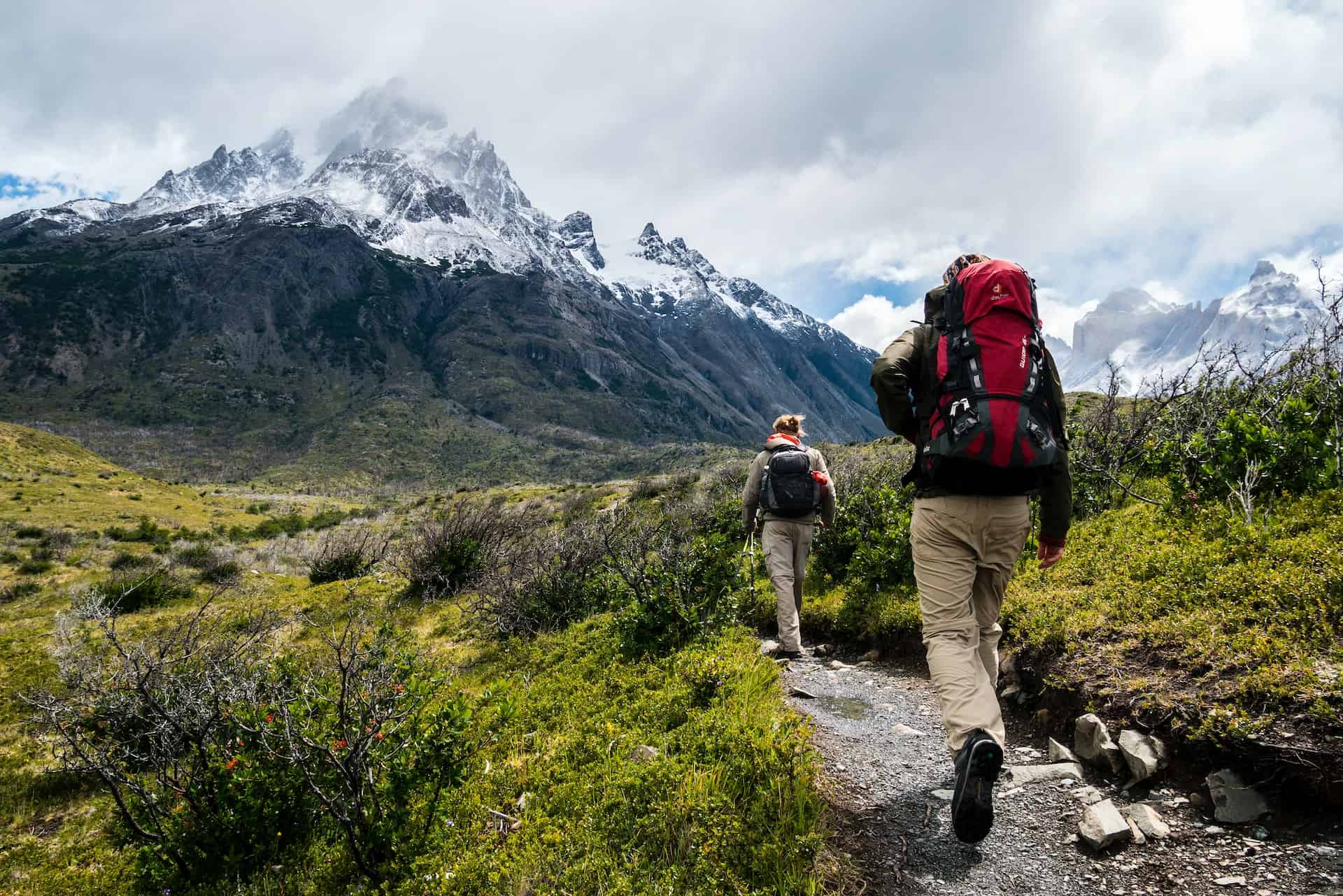In today’s digital age, hiking through the great outdoors seems like an activity that connects us back through countless generations. A quiet trail along a barren, high ridge seems to hold a timeless appeal. To my surprise, however, Diccon Bewes maintains in The Slow Train To Switzerland that hiking is a contemporary invention. He posits that mountains were viewed as obstacles to overcome before the Industrial Revolution instead of springboards for adventure. After all, jagged peaks were infertile farmland and imposed barriers in the era before modern transportation.
Despite this reasonable argument, I can think of one pre-modern man who loved hiking as much as I do: Jesus of Nazareth. This realization dawned on me, quite accidentally, while escaping the hustle and bustle of New York City to enjoy some fall color in the state parks of the Hudson River Valley. While the drive offered stunning views of robust reds and stony valleys, my mind was elsewhere, processing how I was going to fit this brief escape into my midterm madness.
Planning my day, I thought, “I will have gone up the mountain by noon.” I stopped in my tracks. Why was this somewhat odd phrasing so familiar? Then, I realized that the Bible tells us Jesus was always going up the mountain to pray. Mark writes that Jesus was praying on the mountainside after the Feeding of the Five Thousand (cf. Mark 6:46). Before calling the Twelve, Jesus prayed alone on the mountaintop (Luke 6:12). Jesus goes up the mountain with Peter, James, and John where he is transfigured. In His days before the betrayal in Jerusalem, Jesus spent his nights on the Mount of Olives (Luke 21:37). And, of course, Jesus returned to the mountain to pray in Gethsemane.
While these countless passages of Jesus praying on the mountain are familiar, I had never connected this habit of Jesus to my own love of hiking. I certainly believe that there are too many instances of Jesus praying in the Bible for it to be a mere accident of the evangelists. Additionally, some verses only specify that Jesus went off to a deserted place, while many specify a particular mountain or at least locate Jesus on the mountainside. For whatever reason, the mountaintop was important for the evangelists to include.
As I finally hit the trail that crisp fall morning, I continued to ponder why Jesus regularly went up the mountain to pray. When I hit the first viewpoint of the river valley, it occurred to me that the mountaintop simply allows us to see more of creation at once. God takes delight in His creation, calling it “good.”
On that rocky outcropping, I cherished each delicate shade of crimson and marveled at all that must happen for me to appreciate the beauty of the earth: the form of the landscape itself, my senses, my intellect, and the concept of beauty which I can somehow mysteriously perceive. The power of the mountaintop forces me to recognize that none of these gifts come from me, but only from my good God.
A few days later, I revisited this prayerful hiking experience not from the trail but in my Ignatian contemplation at home. Jesus had more to show me about what can be gained by hitting the trail. In my prayer, it occurred to me that Jesus always went up the mountain at critical points in His life and mission: after launching His public ministry, before naming the apostles, revealing His divinity, and before His death.
I pictured that when Jesus goes hiking, He lovingly surveys His beloved creation, gazing over the towns of Galilee and marveling at the sun reflecting off the waves of the Sea. These sights remind Him that He ultimately came to earth to redeem us humans so that we can spend eternity together. By reminding Himself of this end, I imagine Jesus has the power to keep going.
Ever since that Ignatian contemplation, I have regularly gone up the mountain of my own life in prayer to remind myself of what my mission is. I mentally contemplate many of the places that are important to me: my Jesuit community, my workplace, and my hometown, to name a few. I picture all the people that God has put in my life. I let myself be moved by their joys, hopes, griefs, and anxieties. I list all the things for which I am grateful.
Just like a physical summit where I can broaden my perspective of my place in the universe, I find that my imaginative mountaintop helps me to locate myself in the world. I move from being geographically centered to being spiritually centered, and I become rooted in gratitude, moved by the needs of those around me.
During these winter days, it might be too cold to go outside for a hike. But that does not mean that we cannot hike like Jesus did by finding some physical or imaginative space that helps us take stock of our lives and remind us of our mission. In fact, such a practice is perfect for these early, dark days of Advent. Quiet time in a local park or in a cozy prayer nook is equally as efficacious. No matter where we go, the Lord is waiting to show us who we are and what we live for.


